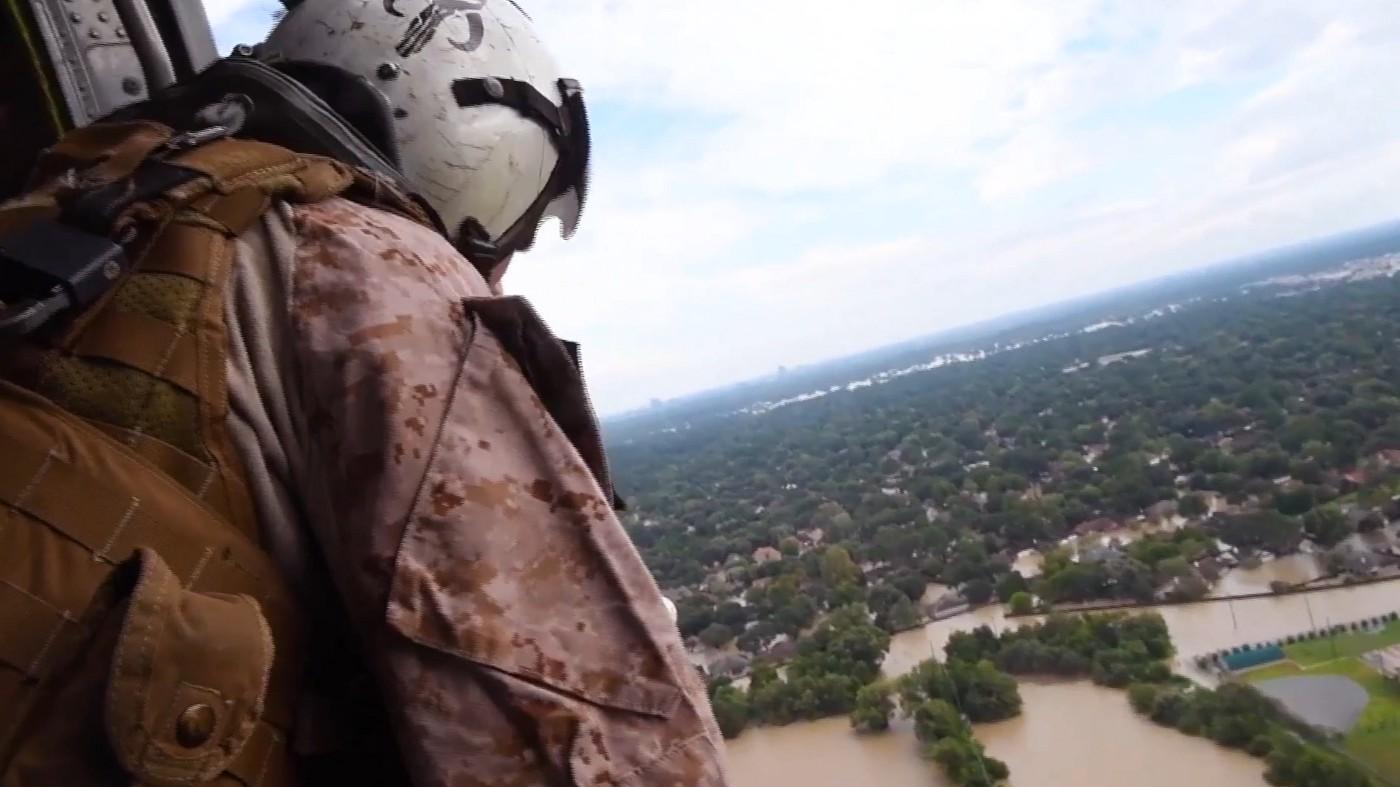
Having grown up in Puerto Rico, I’m more familiar with hurricane season than I’d like to be. Every year, we would brace ourselves for what might be. The entire island would go on alert, and emergency plans would be put into effect at the first sign of an approaching storm.
I know the importance of emergency preparedness firsthand, and I agree that individuals and families must have safety plans in place before a storm makes landfall. But as a public health scholar, I can tell you that realpreparedness — the kind that not only saves lives but also preserves livelihoods — is something that’s built into our cities, settlements, roads, and infrastructure. And we are woefully unprepared for this year’s hurricane season.
Demographers expect Texas’s population to double by 2050. To accommodate that growth, existing cities will be forced to increase density in their urban cores, spread out, or a combination of both. Whatever we choose, we must plan for cities that are better prepared to manage storms, for example, by preserving and designing into new developments permeable surfaces that absorb excess water and prevent flooding. For years, too many Texas cities had unchecked growth, lack of planning, and real estate development interests that have put a burden on existing infrastructure without helping support the needed upgrades that population growth required.
Similarly, smaller suburban cities in Texas are growing into bigger cities to accommodate rapid population growth, and they will need to boost their infrastructure to extend public services — water, energy, waste management, emergency services — to even more people. Decisions now on the design of new neighborhoods, their location, and the types of public services available will have a significant impact on the public’s health for years to come, both during dry times and in the event of heavy rains.
We have a choice on how we allocate resources for public infrastructure. We can continue to maintain niches of well-resourced neighborhoods that contrast with poorly resourced communities, or we can be equitable in the way we build, develop, and ensure extreme-weather preparedness. This matters because we all carry the financial burden of post-disaster recovery. Recovery is a much harder journey when you start at a disadvantage. It is also, in the end, more expensive for everyone, not just for the “have-nots.”
We all have a role to play. It will take all hands to be truly prepared. For example, the engineers, architects, planners, developers, and elected officials who influence the shape of our cities can set and abide by design standards that maximize resiliency. The businesses, corporations, and industries that put demands on public infrastructure and that incidentally drive much of the population growth and where it happens can contribute to community benefit funds to offset the cost of improved infrastructure upgrades. The social, education and human development sectors that contribute to knitting the social fabric of cities can set the expectation of how public investments are done in an equitable manner.
As we approach the first anniversary of last year’s unprecedented and costly hurricane season, with 17 named storms and three hurricanes touching U.S. soil, we must build preparedness into everything we do, and we must do it together. Extreme weather events, from droughts to heat waves to floods from hurricanes, will become more frequent and more intense. The health and well-being of all of us are at stake.

